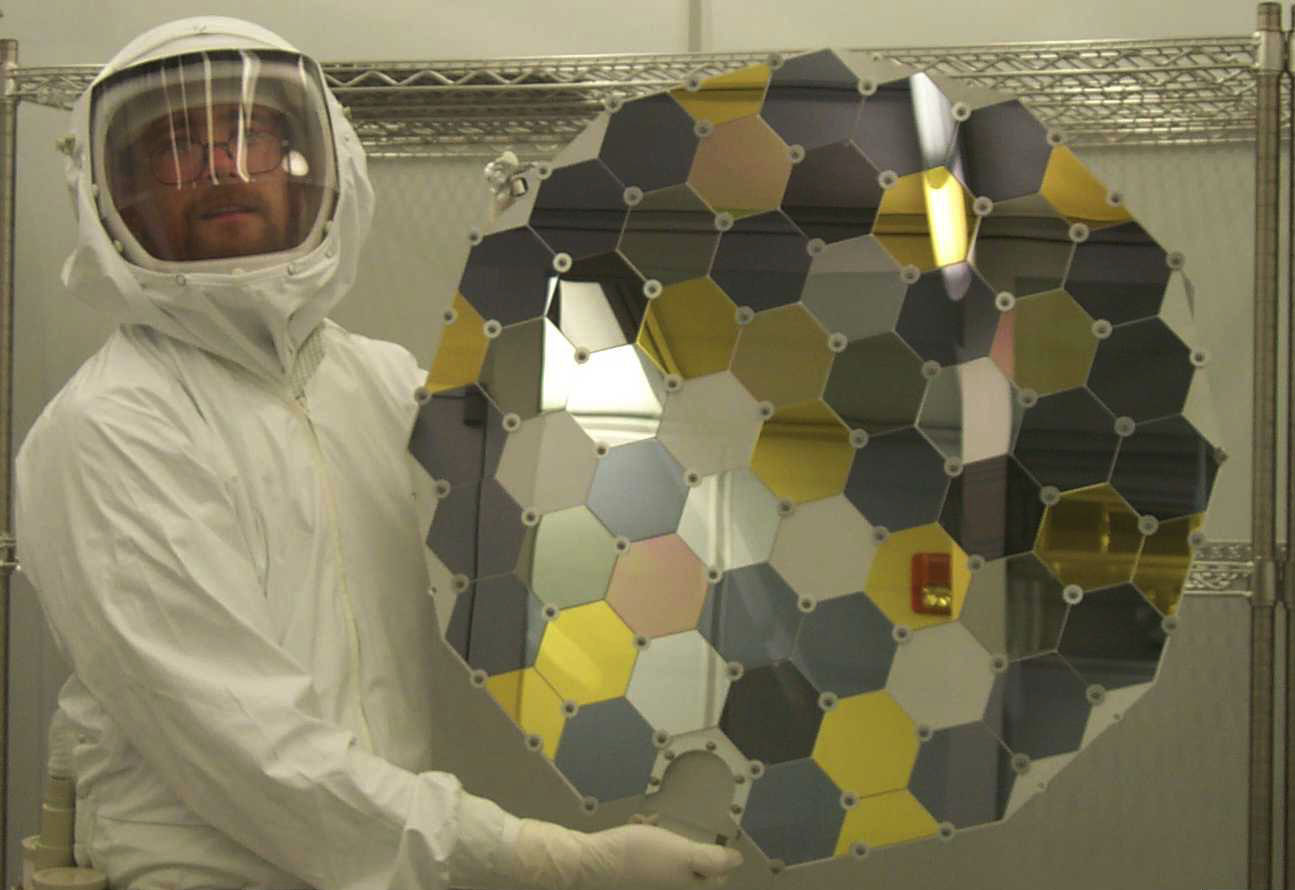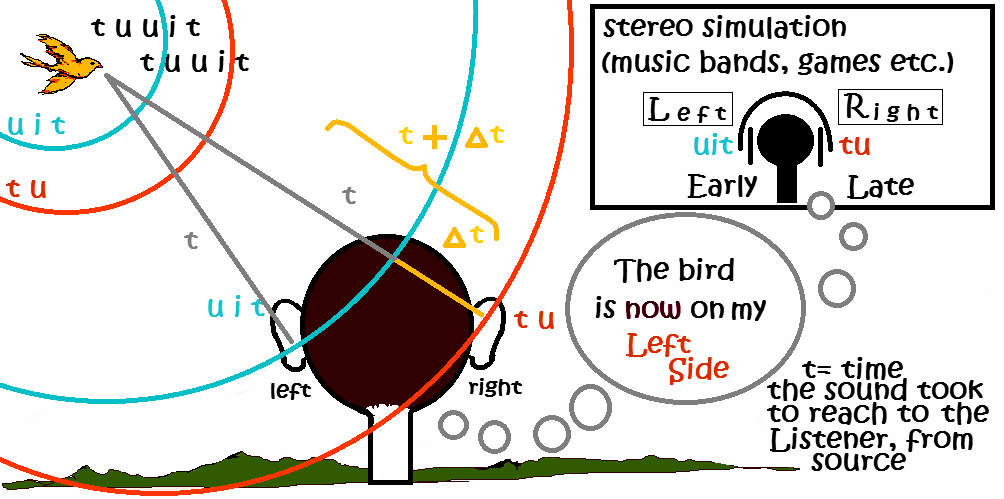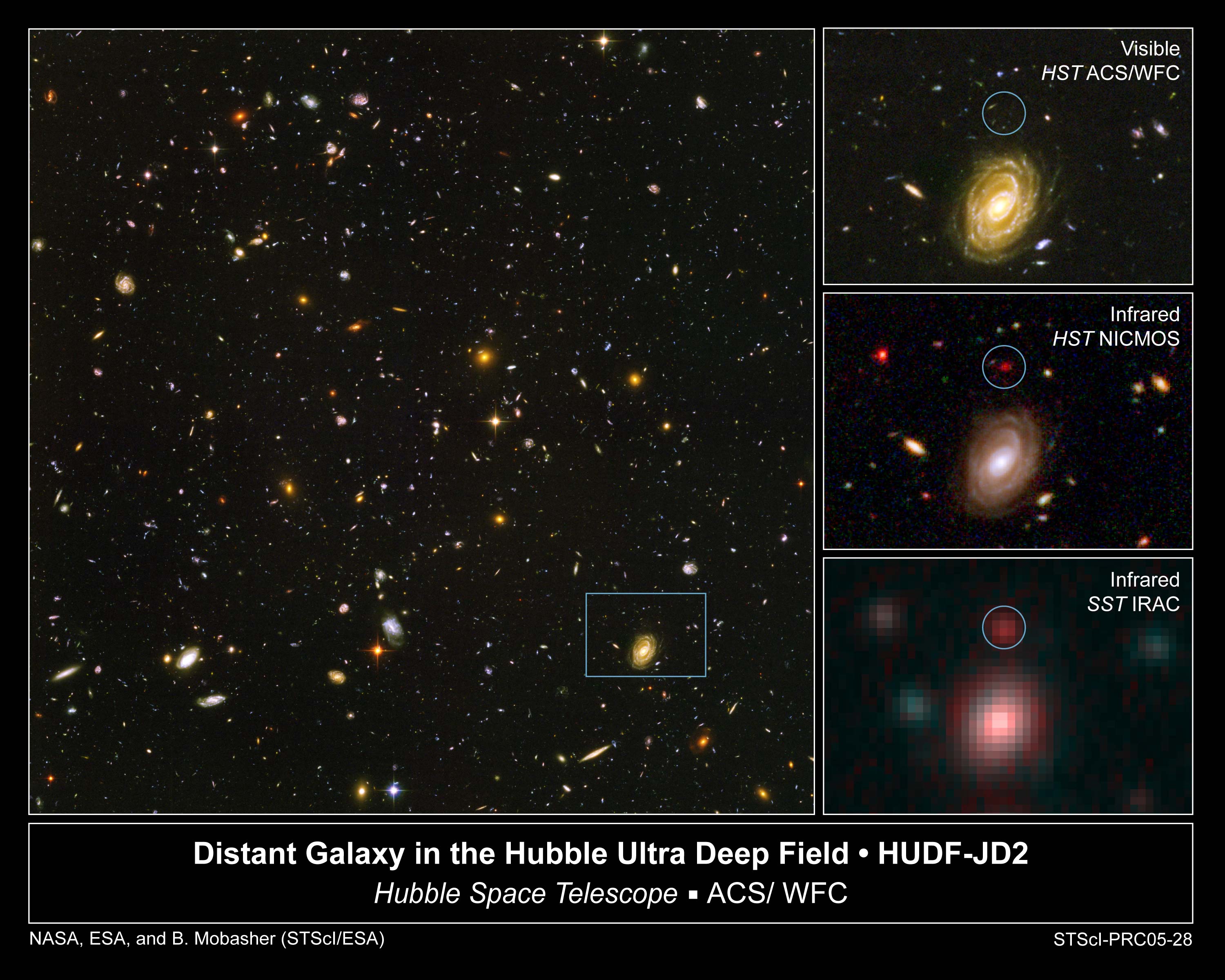|
IBM RAD6000
The RAD6000 radiation-hardened single-board computer, based on the IBM RISC Single Chip CPU, was manufactured by IBM Federal Systems. IBM Federal Systems was sold to Loral, and by way of acquisition, ended up with Lockheed Martin and is currently a part of BAE Systems Electronic Systems. RAD6000 is mainly known as the onboard computer of numerous NASA spacecraft. History The radiation-hardening of the original RSC 1.1 million-transistor processor to make the RAD6000's CPU was done by IBM Federal Systems Division working with the Air Force Research Laboratory. , there are 200 RAD6000 processors in space on a variety of NASA, United States Department of Defense and commercial spacecraft, including: * Mars Exploration Rovers ( ''Spirit'' and ''Opportunity'') * Deep Space 1 probe * Mars Polar Lander and Mars Climate Orbiter * Mars Odyssey orbiter * Spitzer Infrared Telescope Facility * MESSENGER probe to Mercury * STEREO Spacecraft * IMAGE/Explorer 78 MIDEX spacecraft ... [...More Info...] [...Related Items...] OR: [Wikipedia] [Google] [Baidu] |
BAE Systems Inc
BAE Systems Inc. (formerly BAE Systems North America) is an American subsidiary of British defense, security, and aerospace company BAE Systems plc. The American subsidiary operates under a Special Security Agreement which allows it to work on some of the most sensitive United States defense programs despite its foreign ownership. It is incorporated in Delaware. It employs approximately 35,000 workers within U.S. borders and several thousand more in Israel, South Africa, Sweden and the United Kingdom. Major business lines of BAE Systems Inc. include electronic warfare, sensing and communications equipment; armored vehicles, artillery systems; naval guns and naval ship repair; and cybersecurity and intelligence services. With annual revenues of $11.4 billion, BAE Systems Inc. contributes over a third of the parent company's global revenues and is typically ranked among the Pentagon's Top-10 suppliers. It operates under a Special Security Agreement with a separate board of dir ... [...More Info...] [...Related Items...] OR: [Wikipedia] [Google] [Baidu] |
Air Force Research Laboratory
The Air Force Research Laboratory (AFRL) is a scientific research organization operated by the United States Air Force Materiel Command dedicated to leading the discovery, development, and integration of aerospace warfighting technologies, planning and executing the Air Force science and technology program, and providing warfighting capabilities to United States air, space, and cyberspace forces. It controls the entire Air Force science and technology research budget which was $2.4 billion in 2006. The Laboratory was formed at Wright-Patterson Air Force Base near Dayton, Ohio, on 31 October 1997 as a consolidation of four Air Force laboratory facilities (Wright, Phillips, Rome, and Armstrong) and the Air Force Office of Scientific Research under a unified command. The Laboratory is composed of eight technical directorates, one wing, and the Office of Scientific Research. Each technical directorate emphasizes a particular area of research within the AFRL mission which ... [...More Info...] [...Related Items...] OR: [Wikipedia] [Google] [Baidu] |
Genesis (spacecraft)
''Genesis'' was a NASA sample-return probe that collected a sample of solar wind particles and returned them to Earth for analysis. It was the first NASA sample-return mission to return material since the Apollo program, and the first to return material from beyond the orbit of the Moon. ''Genesis'' was launched on August 8, 2001, and the sample return capsule crash-landed in Utah on September 8, 2004, after a design flaw prevented the deployment of its drogue parachute. The crash contaminated many of the sample collectors. Although most were damaged, some of the collectors were successfully recovered. The ''Genesis'' science team demonstrated that some of the contamination could be removed or avoided, and that the solar wind particles could be analyzed using a variety of approaches, achieving all of the mission's major science objectives. Objectives The mission's primary science objectives were: * To obtain precise solar isotopic abundances of ions in the solar wind, a ... [...More Info...] [...Related Items...] OR: [Wikipedia] [Google] [Baidu] |
IMAGE (spacecraft)
IMAGE (Imager for Magnetopause-to-Aurora Global Exploration, Explorer 78 or MIDEX-1) is a NASA Medium Explorer mission that studied the global response of the Earth's magnetosphere to changes in the solar wind. It was believed lost but as of August 2018 might be recoverable. It was launched 25 March 2000, at 20:34:43.929 UTC, by a Delta II launch vehicle from Vandenberg Air Force Base on a two-year mission. Almost six years later, it unexpectedly ceased operations in December 2005 during its extended mission and was declared lost. The spacecraft was part of NASA's Sun-Earth Connections Program, and its data has been used in over 400 research articles published in peer-reviewed journals. It had special cameras that provided various breakthroughs in understanding the dynamics of plasma around the Earth. The principal investigator was Jim Burch of the Southwest Research Institute. In January 2018, an amateur satellite tracker found it to be transmitting some signals back t ... [...More Info...] [...Related Items...] OR: [Wikipedia] [Google] [Baidu] |
STEREO
Stereophonic sound, or more commonly stereo, is a method of sound reproduction that recreates a multi-directional, 3-dimensional audible perspective. This is usually achieved by using two independent audio channels through a configuration of two loudspeakers (or stereo headphones) in such a way as to create the impression of sound heard from various directions, as in natural hearing. Because the multi-dimensional perspective is the crucial aspect, the term ''stereophonic'' also applies to systems with more than two channels or speakers such as quadraphonic and surround sound. Binaural sound systems are also ''stereophonic''. Stereo sound has been in common use since the 1970s in entertainment media such as broadcast radio, recorded music, television, video cameras, cinema, computer audio, and internet. Etymology The word ''stereophonic'' derives from the Greek (''stereós'', "firm, solid") + (''phōnḗ'', "sound, tone, voice") and it was coined in 1927 by Western E ... [...More Info...] [...Related Items...] OR: [Wikipedia] [Google] [Baidu] |
MESSENGER
''MESSENGER'' was a NASA robotic space probe that orbited the planet Mercury between 2011 and 2015, studying Mercury's chemical composition, geology, and magnetic field. The name is a backronym for "Mercury Surface, Space Environment, Geochemistry, and Ranging", and a reference to the messenger god Mercury from Roman mythology. ''MESSENGER'' was launched aboard a Delta II rocket in August 2004. Its path involved a complex series of flybys – the spacecraft flew by Earth once, Venus twice, and Mercury itself three times, allowing it to decelerate relative to Mercury using minimal fuel. During its first flyby of Mercury in January 2008, ''MESSENGER'' became the second mission, after Mariner 10 in 1975, to reach Mercury. ''MESSENGER'' entered orbit around Mercury on March 18, 2011, becoming the first spacecraft to do so. It successfully completed its primary mission in 2012. Following two mission extensions, the spacecraft used the last of its maneuvering propellant to ... [...More Info...] [...Related Items...] OR: [Wikipedia] [Google] [Baidu] |
Spitzer Space Telescope
The Spitzer Space Telescope, formerly the Space Infrared Telescope Facility (SIRTF), was an infrared space telescope launched in 2003. Operations ended on 30 January 2020. Spitzer was the third space telescope dedicated to infrared astronomy, following IRAS (1983) and ISO (1995–1998). It was the first spacecraft to use an Earth-trailing orbit, later used by the Kepler planet-finder. The planned mission period was to be 2.5 years with a pre-launch expectation that the mission could extend to five or slightly more years until the onboard liquid helium supply was exhausted. This occurred on 15 May 2009. Without liquid helium to cool the telescope to the very low temperatures needed to operate, most of the instruments were no longer usable. However, the two shortest-wavelength modules of the IRAC camera continued to operate with the same sensitivity as before the helium was exhausted, and continued to be used into early 2020 in the Spitzer Warm Mission. During the warm missio ... [...More Info...] [...Related Items...] OR: [Wikipedia] [Google] [Baidu] |
Mars Odyssey
''2001 Mars Odyssey'' is a robotic spacecraft orbiting the planet Mars. The project was developed by NASA, and contracted out to Lockheed Martin, with an expected cost for the entire mission of US$297 million. Its mission is to use spectrometers and a thermal imager to detect evidence of past or present water and ice, as well as study the planet's geology and radiation environment. It is hoped that the data ''Odyssey'' obtains will help answer the question of whether life existed on Mars and create a risk-assessment of the radiation that future astronauts on Mars might experience. It also acts as a relay for communications between the ''Curiosity'' rover, and previously the Mars Exploration Rovers and ''Phoenix'' lander, to Earth. The mission was named as a tribute to Arthur C. Clarke, evoking the name of his and Stanley Kubrick's 1968 film '' 2001: A Space Odyssey''. ''Odyssey'' was launched April 7, 2001, on a Delta II rocket from Cape Canaveral Air Force Station, an ... [...More Info...] [...Related Items...] OR: [Wikipedia] [Google] [Baidu] |
Mars Climate Orbiter
The ''Mars Climate Orbiter'' (formerly the Mars Surveyor '98 Orbiter) was a Robotic spacecraft, robotic space probe launched by NASA on December 11, 1998, to study the Climate of Mars, Martian climate, Atmosphere of Mars, Martian atmosphere, and Martian surface, surface changes and to act as the communications relay in the Mars Surveyor '98 program for Mars Polar Lander. However, on September 23, 1999, communication with the spacecraft was permanently lost as it went into Orbit insertion, orbital insertion. The spacecraft encountered Mars on a trajectory that brought it too close to the planet, and it was either destroyed in the atmosphere or escaped the planet's vicinity and entered an orbit around the Sun. An investigation attributed the failure to a measurement mismatch between two software systems: metric units by NASA and United States customary units, US customary units by spacecraft builder Lockheed Martin Space, Lockheed Martin. Mission background History After the loss ... [...More Info...] [...Related Items...] OR: [Wikipedia] [Google] [Baidu] |
Mars Polar Lander
The Mars Polar Lander, also known as the Mars Surveyor '98 Lander, was a 290-kilogram robotic spacecraft lander launched by NASA on January 3, 1999, to study the soil and climate of Planum Australe, a region near the south pole on Mars. It formed part of the Mars Surveyor '98 mission. On December 3, 1999, however, after the descent phase was expected to be complete, the lander failed to reestablish communication with Earth. A post-mortem analysis determined the most likely cause of the mishap was premature termination of the engine firing prior to the lander touching the surface, causing it to strike the planet at a high velocity. The total cost of the Mars Polar Lander was US$165 million. Spacecraft development cost US$110 million, launch was estimated at US$45 million, and mission operations at US$10 million. Mission background History As part of the Mars Surveyor '98 mission, a lander was sought as a way to gather climate data from the ground in conjunction with an o ... [...More Info...] [...Related Items...] OR: [Wikipedia] [Google] [Baidu] |
Deep Space 1
''Deep Space 1'' (DS1) was a NASA technology demonstration spacecraft which flew by an asteroid and a comet. It was part of the New Millennium Program, dedicated to testing advanced technologies. Launched on 24 October 1998, the ''Deep Space 1'' spacecraft carried out a flyby of asteroid 9969 Braille, which was its primary science target. The mission was extended twice to include an encounter with comet 19P/Borrelly and further engineering testing. Problems during its initial stages and with its star tracker led to repeated changes in mission configuration. While the flyby of the asteroid was only a partial success, the encounter with the comet retrieved valuable information. The Deep Space series was continued by the '' Deep Space 2'' probes, which were launched in January 1999 piggybacked on the Mars Polar Lander and were intended to strike the surface of Mars (though contact was lost and the mission failed). ''Deep Space 1'' was the first NASA spacecraft to use ion propu ... [...More Info...] [...Related Items...] OR: [Wikipedia] [Google] [Baidu] |
Opportunity (rover)
''Opportunity'', also known as MER-B (Mars Exploration Rover – B) or MER-1, is a robotic rover that was active on Mars from 2004 until 2018. ''Opportunity'' was operational on Mars for sols (). Launched on July 7, 2003, as part of NASA's Mars Exploration Rover program, it landed in Meridiani Planum on January 25, 2004, three weeks after its twin, '' Spirit'' (MER-A), touched down on the other side of the planet. With a planned 90-sol duration of activity (slightly less than 92.5 Earth days), ''Spirit'' functioned until it got stuck in 2009 and ceased communications in 2010, while ''Opportunity'' was able to stay operational for sols after landing, maintaining its power and key systems through continual recharging of its batteries using solar power, and hibernating during events such as dust storms to save power. This careful operation allowed ''Opportunity'' to operate for 57 times its designed lifespan, exceeding the initial plan by (in Earth time). By June 10, 2018, ... [...More Info...] [...Related Items...] OR: [Wikipedia] [Google] [Baidu] |










